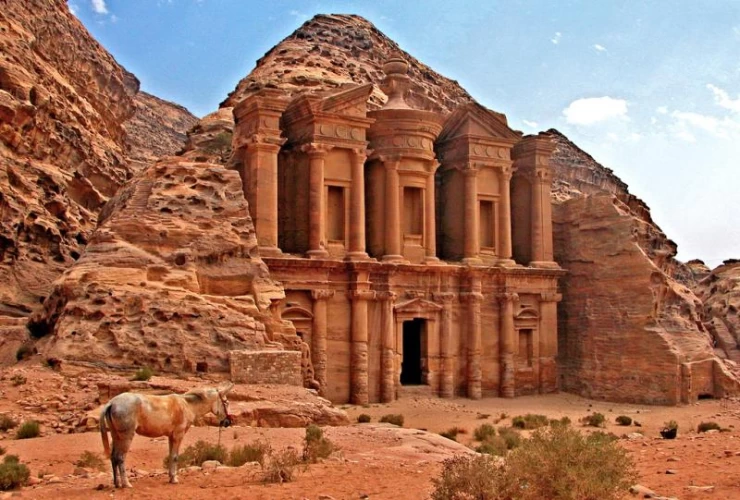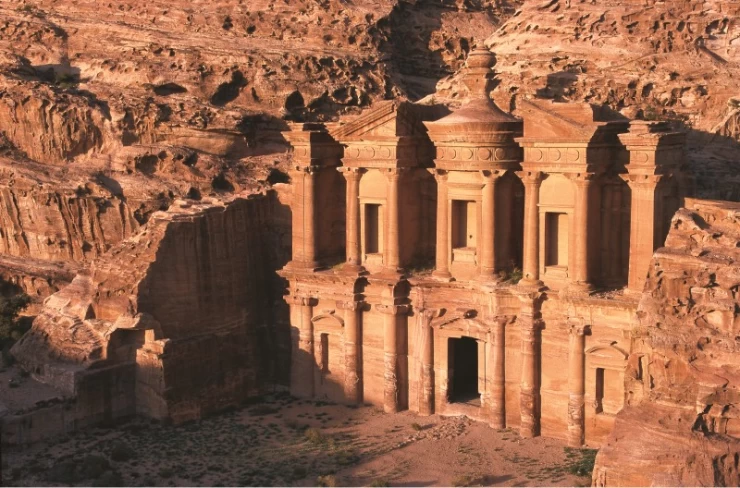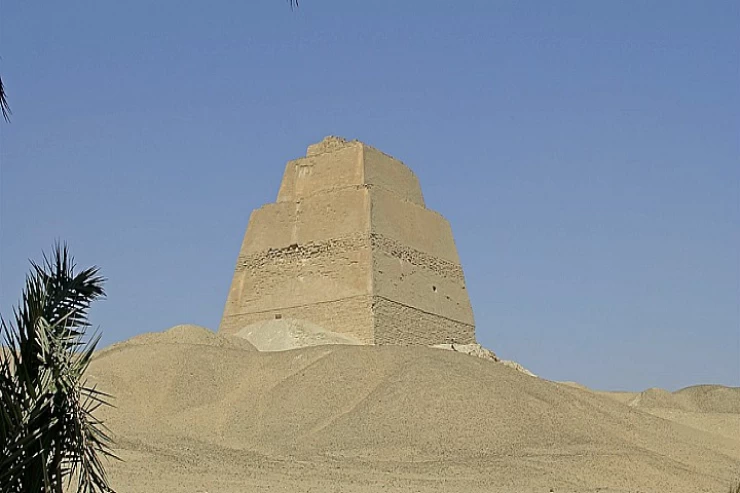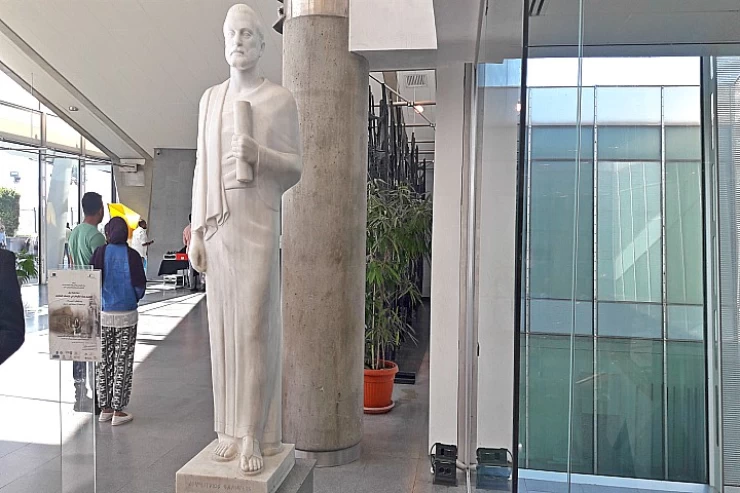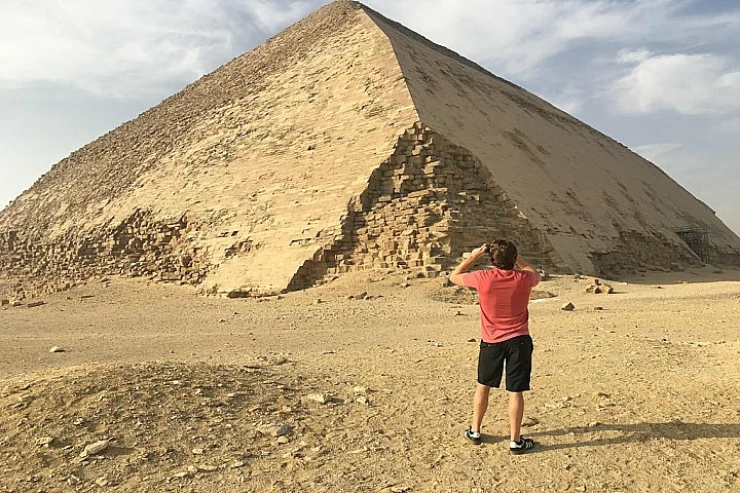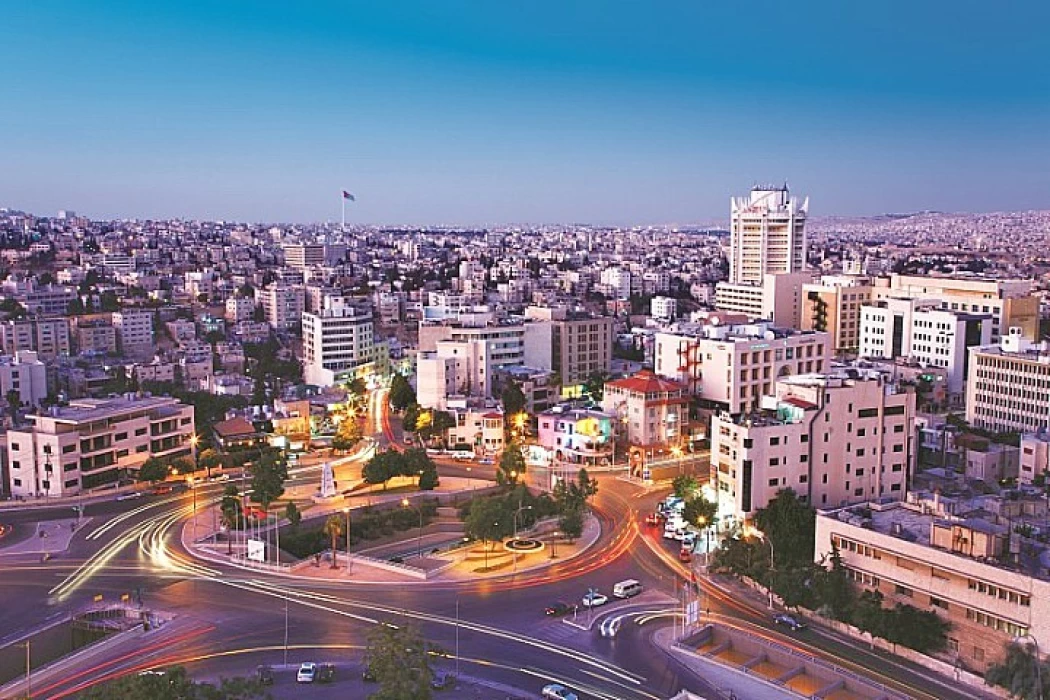
Amman City | Capital of the Jordanian Kingdom
Amman Jordan
The districts of Amman are diverse and range in cultural and historical context, from the bustle of the city center markets to the art galleries of Jabal Lweibdeh and the modern shopping district of Abdali.
The city of Amman covers a very large area and covers 19 hills, or "jebels". It is the modern - but also the ancient - capital of the Hashemite Kingdom of Jordan. Known as Rabbath-Ammon during the Iron Age and later as Philadelphia, the ancient city that was once part of the League of Decapolis, today it boasts a population of around 4 million people.
Amman often called the white city because of the small limestone houses, offers a great variety of historical sites. Numerous restorations and excavations are underway which have brought to light the remains of the Neolithic, Hellenistic, and Late Roman and Arab-Islamic periods.
The site known as the Amman Citadel includes many structures, such as the Temple of Hercules, the Umayyad Palace, and the Byzantine Church. At the foot of the Citadel is the 6,000-seat Roman Theater, a deep basin carved into the hill and still used today for cultural events.
Another recently restored theater is the 500-seat Odeon, which is used for concerts. The three museums in the area that offer an insight into history and culture are the Archaeological Museum of Jordan, the Folklore Museum, and the Museum of Popular Traditions.
A well-traveled bridge between sea and desert, east and west, the Hashemite Kingdom of Jordan is a land of mesmerizing beauty and contrasts, from the Jordan Valley, fertile, and ever-changing, to the remote desert canyons, immense and still. Visitors can explore splendid desert castles, gaze in awe at the haunting wilderness of Wadi Rum, or bathe in the restful waters of the Red Sea.
Latest Articles
Admin
Seabourn Sojourn Cruise Stops in Safaga Port
The Seabourn Sojourn, the flagship vessel of Seabourn Cruise Line's ultra-luxury fleet, was built in 2008 at the T. Mariotti shipyard in Genoa, Italy. Measuring 198 metres, it can accommodate up to 450 guests in its 225 spacious all-suite staterooms.
Admin
Norwegian Sky Cruise Stops in Safaga Port
Norwegian Cruise Line operates a cruise ship called the Norwegian Sky. It was constructed in 1999 and can accommodate 2,004 passengers in addition to 878 crew members. The ship has several dining establishments, lounges and bars, a spa and fitness center, swimming pools, and a number of entertainment areas.
Admin
Explora II Cruise Stops in Safaga Port
Explora II, the second vessel in the Explora Journeys fleet, sets sail in 2024 to redefine luxury cruising. With 461 ocean-front suites, 9 culinary experiences, and 4 pools, this haven of sophistication and sustainability promises an unforgettable "Ocean State of Mind" journey to inspiring destinations.
Admin
Mein Schiff 6 Cruise Stops in Safaga Port
The Mein Schiff 6 is the latest cruise ship in the renowned TUI Cruises fleet, offering passengers a luxurious and sophisticated cruise experience. At 315 metres long, this floating resort features a range of dining options, entertainment, and recreational facilities, including a spa, fitness centre, and sports amenities.
Admin
Mein Schiff 4 Cruise Stops in Safaga Port
When the Mein Schiff 4 cruise ship docks in Safaga, Egypt, passengers are granted access to a realm of ancient wonders. Aboard this state-of-the-art vessel, guests can embark on meticulously curated shore excursions that showcase the region's most iconic landmarks, including the Giza Pyramids, the enigmatic Sphinx, and the remarkable tombs and temples of the Valley of the Kings in Luxor.
Admin
MS Europa Cruise Stops in Safaga Port
The Silver Moon, Silversea's latest flagship, is a luxury cruise ship that offers an exceptional travel experience for Venezuelans exploring Egypt. With a capacity of 596 guests and an impressive 40,700 gross tonnes, the Silver Moon maintains the small-ship intimacy and spacious all-suite accommodations that are the hallmarks of the Silversea brand.






